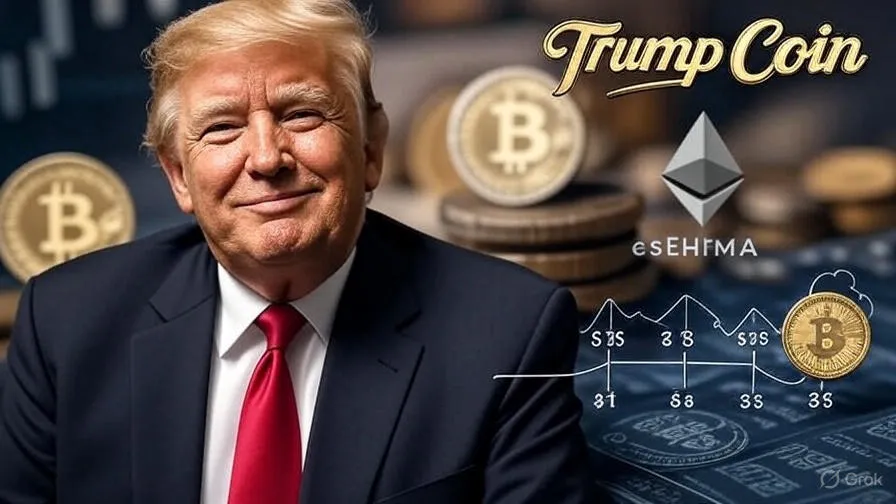Investment ideas
Why We Added MNT to Our Long-Term Investment Portfolio
| 33 seen
At Terramatris, we’ve added a small position in Mantle (MNT) to our Multi-Asset Crypto Options Fund, following Bybit’s launch of MNT options. The move aligns perfectly with our focus on assets that support options trading — a key part of our long-term yield strategy.
We’re generally bullish on assets that we can build structured positions around — primarily BTC, ETH, and SOL — since these allow us to generate steady yield through systematic option selling. Seeing MNT appear on Bybit’s options chain was a bit unexpected, but it instantly put the project on our radar.
Mantle…
Why We Added Wormhole (W) to the TerraM Portfolio?
| 46 seen
At Terramatris, our core strategy is straightforward: we focus on established assets like Bitcoin, Ethereum, and Solana, and we use them to generate a steady flow of options premium. That premium is what drives our consistency. It’s boring, it works, and it’s repeatable.
But there’s another side to our strategy. We also keep a sleeve of moonshot bets — small, speculative positions that could one day turn into something much larger. The logic is simple: in crypto, a single asymmetric bet can change the shape of the portfolio. We’re not reckless, but we are opportunistic.
How…Why We Decided to Invest in Liberland Dollar (LLD)
| 73 seen
At Terramatris, we are always exploring opportunities that align with our values of innovation, independence, and forward-thinking. Sometimes, these discoveries come through structured research, and sometimes they appear unexpectedly. Our recent investment into Liberland Dollar (LLD) belongs to the second category — a pleasant surprise during our ongoing research into projects that combine crypto innovation with strong community values.
Over the past year, we’ve attended few crypto-related meetups and brunches in Tbilisi, Georgia, a city that has become a lively hub for blockchain…
Jupiter (JUP): Why This Solana DeFi Token Caught Our Attention
| 50 seen

At Terramatris, we believe in allocating small portions of our portfolio to projects with meaningful upside—a strategy that led us to JUP, the governance token of Jupiter, Solana’s leading DEX aggregator.
A Surprise Airdrop: A Door to ExplorationIn February 2024, we unexpectedly received JUP tokens via an airdrop in our Phantom wallet. This surprise grant sparked our curiosity. Since then, we’ve been steadily exploring Jupiter’s ecosystem—staking, voting, and observing its evolving DeFi utility—without letting excitement cloud our judgment.
What Is Jupiter—and Why It Matters…
Our Outlook on TON: Humble Investment Today, Moonshot Tomorrow?
| 32 seen

At Terramatris, we regularly allocate a small portion of our fund to assets that we believe could have asymmetric upside potential — what we call moonshots. One of those tokens today is TON (The Open Network).
Our investment in TON is currently modest: at the time of writing, we hold just under 100 TON tokens, with a possible outlook to increase this allocation to 200–300 tokens in 2026. While this is a humble position compared to our core holdings, it reflects our conviction that TON has the potential to become a significant player in the crypto ecosystem.
There are a few key…
Why We Decided to Invest in Trump Coin
| 35 seen

As part of our ongoing exploration of asymmetric opportunities in the crypto markets, we have decided to make a small, opportunistic bet on Trump Coin ($TRUMP). This position will not replace or alter our core holdings in Bitcoin, Ethereum, and Solana, but will instead be structured as a side challenge using a disciplined, incremental approach.
The 52-Week ChallengeWe will allocate to Trump Coin gradually over the course of one year. Starting with $1 in week one, increasing by $1 each subsequent week, and continuing through week 52, this strategy will total $1,378 in contributions if…